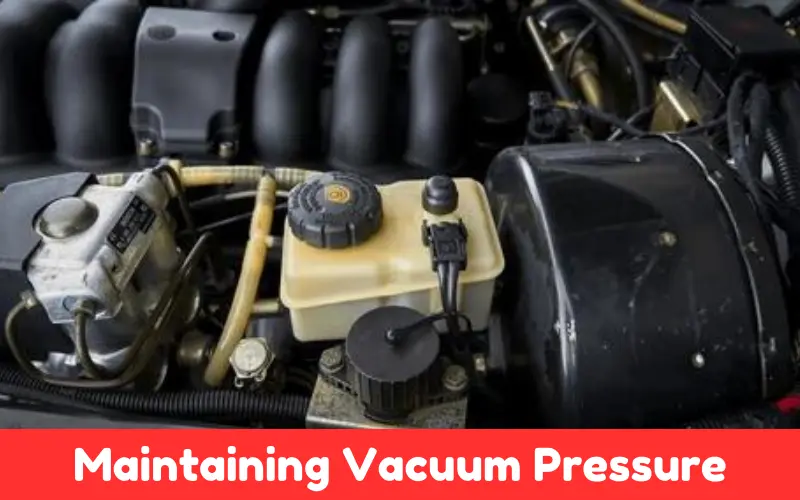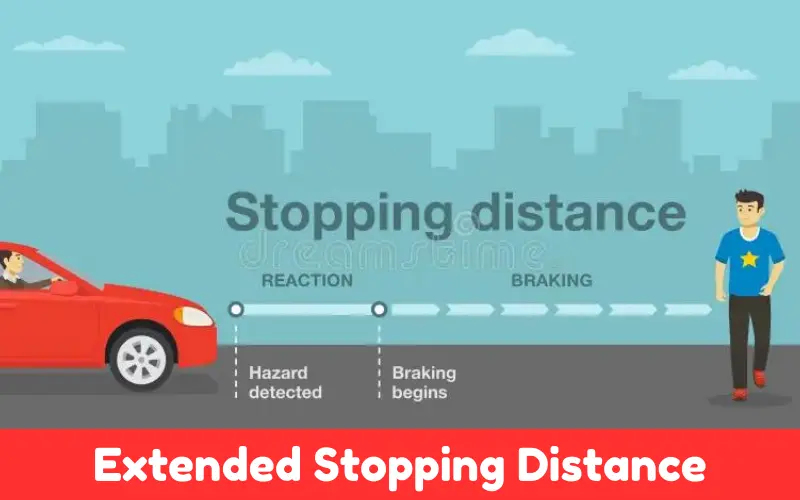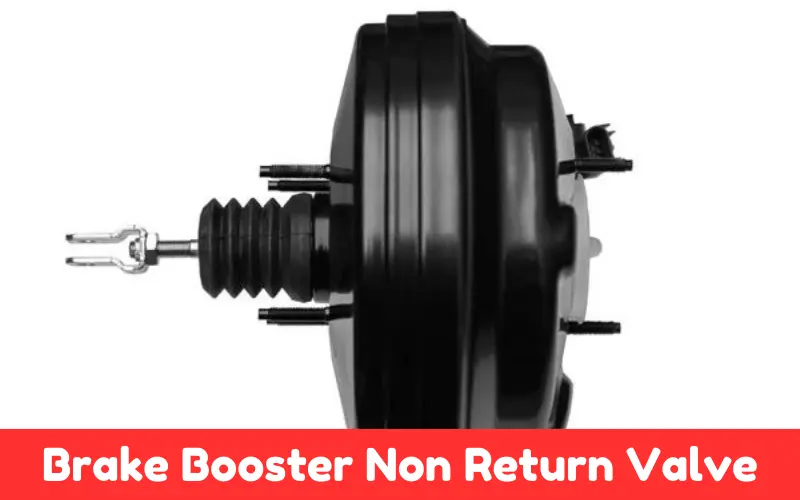Your vehicle is equipped with a massive network of different components that go into making your braking system effective and efficient to ensure that you can come to a halt as and when needed by you.
Among this network of components is a little part called the brake booster non return valve, which plays its role in the overall maintenance of power and performance of your vehicle’s braking system.
In this blog post, we will consider precisely what this under appreciated part of your vehicle entails, how it works, and why it is important to the effective functionality of your braking system. Besides, what is a brake booster non return valve?
Article Summary
What is A Brake Booster Non Return Valve?
A brake booster non return valve (R) or check valve is a one way valve that allows the vacuum to enter the brake booster but does not let the vacuum escape.
A brake booster is a device that uses vacuum pressure to multiply the force applied to press the brake pedal, making the driver’s job of braking the vehicle easier.
How Does the Brake Booster Non Return Valve Work?
The brake booster non return valve has a simple and essential function for the brake booster. Here’s a step by step look:
Vacuum Creation
The engine is under vacuum when it’s running, so it creates vacuum pressure for various systems, including the brake booster.
One Way Operation
As we can see, the non return valve allows the vacuum to enter the brake booster. The vacuum then enters the booster (between the non return valve and metal plunger), causes the valve to close, and prevents (or limits) air from flowing back out.
Maintaining Vacuum Pressure
The non return valve keeps the vacuum inside the brake booster, where it is used to provide the additional force that is needed from the brake booster.

Brake Pedal Assistance
With the right pedal on the floor, vacuum pressure created by the brake booster assists your foot pressure so you can put stronger pressure on the pedal without even realizing it. The result is stronger and more responsive braking.
Importance of the Brake Booster Non Return Valve
The brake booster non return valve is vital for several reasons:
Improved Safety: If the vacuum pressure between the pump and the brake booster is maintained, the check valve also ensures that the car jerking and stops immediately when necessary.
Driver Comfort: The valve reduces the physical effort in operating the brakes, thus facilitating driving both in the long run and for drivers having to endure a long journey.
Function of Brake System Efficiency: The function of a properly operating check valve is to enhance the efficiency and reliability of the braking system. If the check valve fails, the braking performance degrades, and there can be brake failure.
Signs of A Faulty Brake Booster Non Return Valve
Just like all other components of your car, the brake booster non return valve can deteriorate and fail. The following complications may give you a hint of trouble with the valve:
1. Hard Brake Pedal
If the brake pedal is getting harder to depress, check for a loss of vacuum to the brake booster due to a stuck non return valve.
2. Extended Stopping Distance
A defective valve decreases pressure in the brake assist system, which increases stopping distance.

3. Hissing Sound
Hissing sound can be heard when you depress the brake pedal, which could be due to air leaking through from the non return valve.
4. Brake Booster or Vacuum Line Malfunction
In some vehicles, problems with the brake booster or its hoses or lines may cause the brake warning light in the dashboard to illuminate.
FAQs on Brake Booster Non Return Valves
What is A Brake Booster Non Return Valve?
A brake booster non return valve, also called a check valve, is a one way valve. It allows the vacuum pressure to enter the brake booster cylinder but always prevents its escape, which helps maintain the constant vacuum pressure inside the brake booster by separating it. Thus, it helps the braking system work better.
How Do I Know If My Brake Booster Non Return Valve is Faulty?
The symptoms of a bad brake booster non return valve are the brake pedal feeling hard and increased stopping distance. When pressing the brake pedal, you hear a hissing sound, and the brake warning light comes on inside the dashboard. If you experience symptoms in your brake system, you need to have your brake system inspected.
Can I Drive with A Faulty Brake Booster Non Return Valve?
You could theoretically drive like this. However, since a failed brake booster non return valve can cause braking efficiency to drop to around 50% increasing your stopping distance and making your brake pedal hard. The best way to ensure your safety and that of other drivers is to address the issue as soon as possible.
How Often Should the Brake Booster Valve Be Replaced?
The replacement interval for the brake booster non return valve does not have an exact time specified, and it has to be replaced when it fails. However, all these parts should be a regular part of properly performing brake system inspections, and all parts that deteriorate or malfunction have to be renewed immediately.
Can I Replace the Brake Booster Non Return Valve Myself?
Replacing a brake booster non return valve can be a do it yourself repair. If you have the tools and mechanical knowledge required to complete the job. Nevertheless, replacing the valve in a brake system, which is critical to vehicle safety, is often also done by professional mechanics who thrive on the accidental repetitiveness of this type of repair. In doing so, they can guarantee a correct installation, ensuring that the brake system operates as designed.
Conclusion
You might not give much thought to a brake booster non return valve. It’s just a tiny part of many, but it makes a big difference to the performance and safety of your braking system.
That’s why regular attention is needed to keep it working for longer and prompt replacement when it’s worn out or failing.
Knowing how the brake booster non return valve works and why it is so important can help you understand more about the workings of the whole braking system.
Try to check the brake booster non return valve frequently for signs of wear and tear. As soon as you notice any warning signs, contact a mechanic.
Maintaining this component will help enhance your vehicle’s braking function and make the car safer to use.

